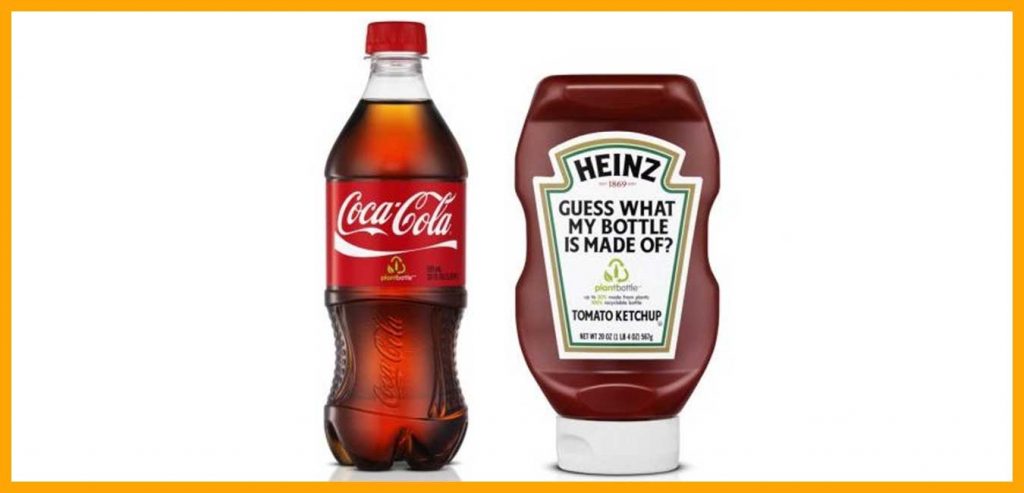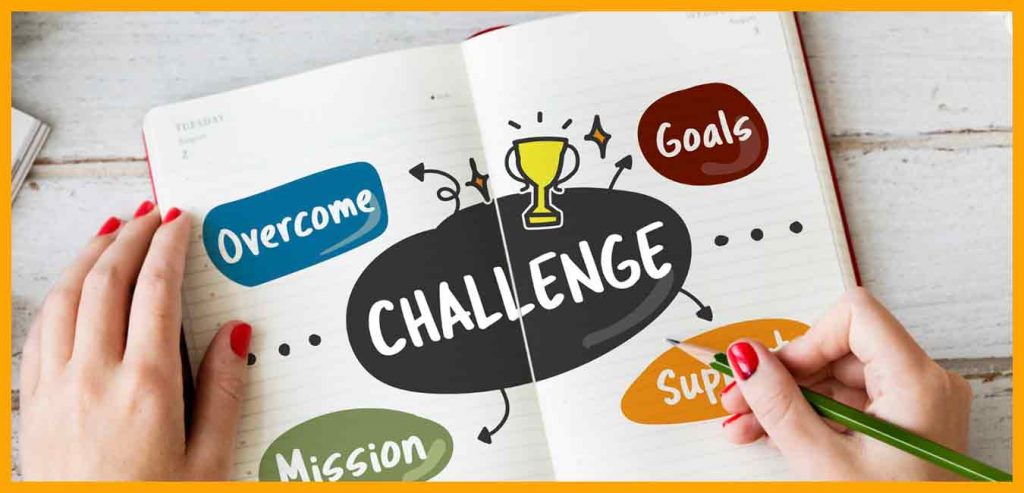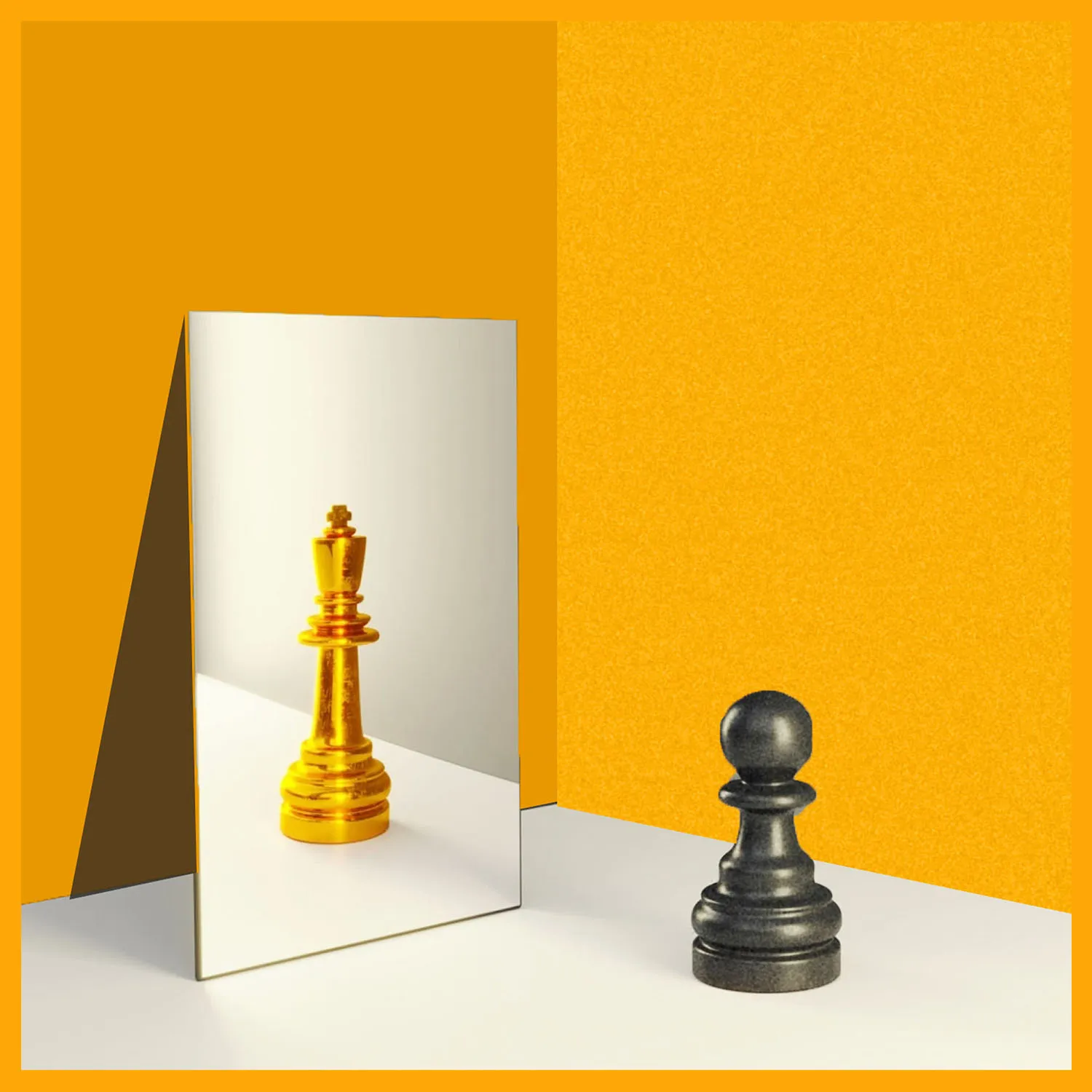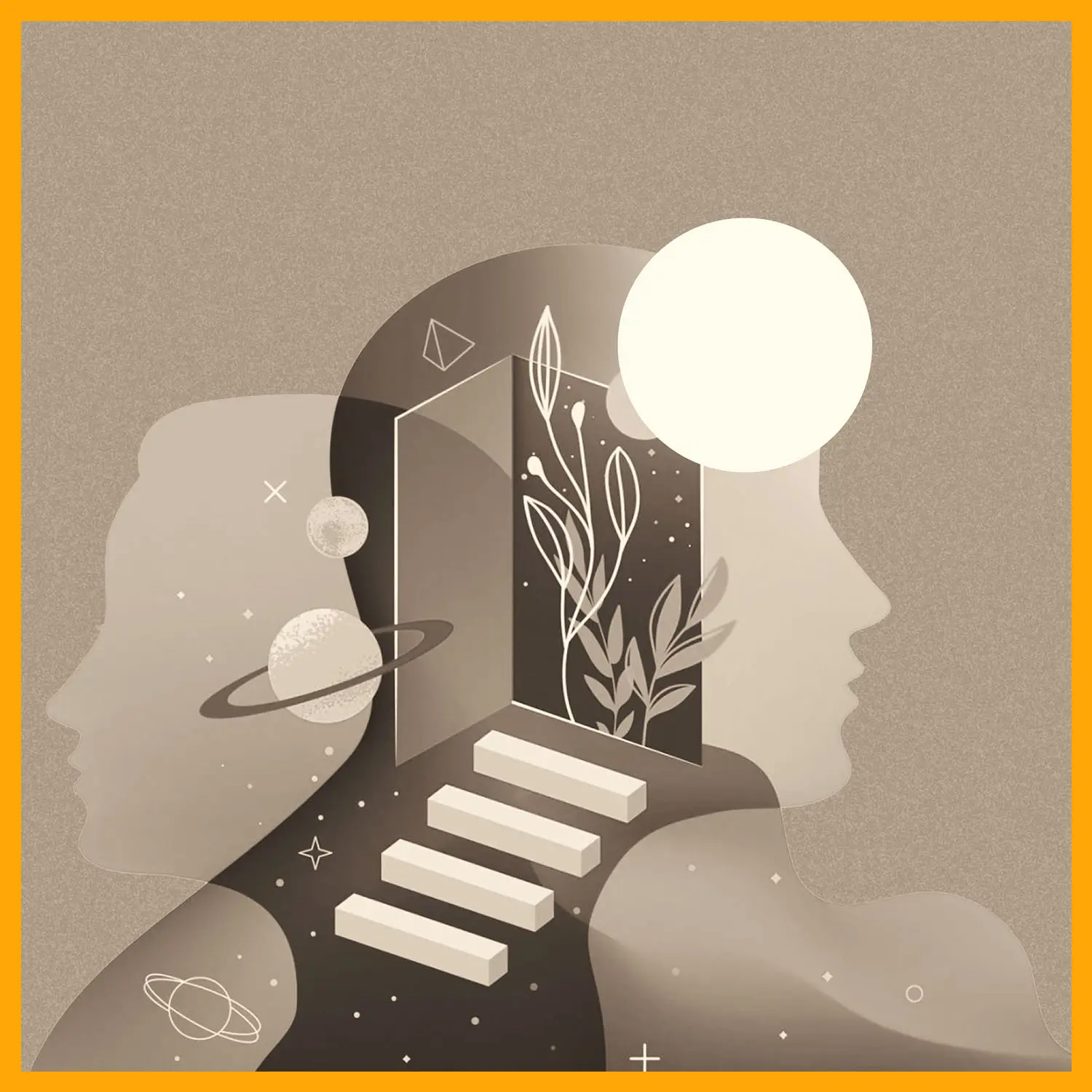Despite collaboration being an important part of the creative process, whether in the production or distribution of craft, it’s still frowned upon by some. Why? The top reasons include fear of sharing success, imposter syndrome, lack of control over the project and fear of stolen ideas.
Yet, refusing to collaborate on any project in any capacity is the literal definition of leaving money on the ground. Several megacorporations collaborate, adding even more quality and revenue to their brand: Apple, Walt Disney, Warner Bros, Red Bull, and more. If you think it only works because they are big brands, well, some of our creatives have also attested to the wonder of collaboration.
However, the fears mentioned aren’t unfounded, but they did come from poorly executed collaborations.
Collaborating creatively with others can be a great way to stimulate new ideas and bring fresh perspectives to a project. However, it’s vital to approach collaboration in a mindful and structured manner in order to maximise the benefits and minimise potential conflicts.
What is Collaboration, and How Does it Help?

Collaboration means working together with another entity to achieve a goal in a way that would be much better than doing it in a silo. While revenue might drive reasons for collaboration, it also helps to save resources, add to a brand’s image, increase awareness and reach many other things depending on the business goals. The beautiful thing about collaboration is that the goals set are so diverse, and it has no strict methods in order to use them.
You can use collaboration to:
- Grow or save your resources
- Improve your portfolio
- Save costs
- Drive increased revenue
- Complement your company’s skill set on a project
- Boost awareness
- Increase customer retention and loyalty
These are some of the common reasons for collaboration in the creative industry. With collaboration, the parties involved can set any goal, no matter how unconventional it can be. In fact, collaboration can happen between two different industries as far as the parties involved are on the same page.
Examples of collaboration in the creative industry
It’s not all talk. Here are real examples of collaboration in the creative industry.
1. Reebok + Marvel: When athletes meet superheroes
Reebok Classics and Marvel Entertainment have presented a line of footwear inspired by comic book superheroes. They chose characters from Captain America, The Red Skull, Spiderman, Venom, Wolverine, Sabretooth, and Deadpool to appeal to their comic-loving fans.
2. Creative Swap: CO- creativity
Based in London, the Sane & Able creative studio launched an initiative to share talent with other agencies in the same sector. Their Creative Swap allows illustrators, architects, graphic designers and other creative sector professionals to share their knowledge for a week. Companies can exchange one of their employees for a week. The external creatives help to think in new paths as they are not used to the “new” company’s method of generating ideas.
3. Coca-Cola + Heinz: Collaborating to develop more sustainable containers

The Coca-Cola Company created the PlantBottleTM, a PET bottle partially manufactured (30%) with plant-derived materials and by-products of sugar production in Brazil. They are environmentally safe concerning crop production and can reduce carbon footprints by 12% to 19%. In addition, they are 100% recyclable. By 2011, Heinz had used 120 million PlantBottles.
4. Biotherm + Renault: Skin-care and automobiles: an unheard-of collaboration
The skin-care company Biotherm and the automobile manufacturer Renault devised a new concept in cars: the Spa Car, designed to simultaneously care for its occupants’ health and protect the environment. Biotherm provided expertise on skin and aromatherapy from work dating back to 1952. Renault provided its expertise in designing and testing equipment for vehicle comfort, the fruit of its more than 110 years of experience.
4. Partners with the right skill set
Finding professionals with complementary skills and a shared vision in the creative industry is important. This can be difficult, as creatives often have unique styles and approaches to their work. It is essential for professionals to be open to working with others who have different techniques and procedures and to find a way to integrate their skills and ideas into the project. The partnership between Biotherm and Renault is a solid example.
5. Harvard + MIT: The collaboration between the so-called competitors.
They collaborated to form EdX — a widely known educational platform with free courses.

Challenges With Collaboration in the Creative Industry

Collaboration in the creative industry can be tricky for both beginner and professional creatives. And the challenges around this have often been faced time and again, with only a small number handling them right. As with any endeavours, there are challenges and confronting them allows you to maximise the benefits of collaboration.
1. Fear of copyright infringement
When companies don’t word contracts properly, or even worse, don’t write them at all, it gives ample space for loopholes when rights to the project are concerned. Hire professional services, and get all partners clear on what each part of the contract means. Record meetings and brainstorming sessions too, or at the very least summarise them so that partners can keep track of happenings.
2. Partnership with the wrong entity
Creatives must perform due research before they make any partnership in the creative industry. Behavioural trends, news about the entity, and word of mouth are all sources of information for finding out who your partner is like.
3. Balance between individual creativity and teamwork
While collaboration allows for the exchange of ideas and the development of creative solutions, it can also be challenging to find a way to integrate everyone’s ideas and perspectives. Creative professionals need to find a way to collaborate effectively while still allowing for individual creativity and expression.
5. Lack of communication
It is important for professionals to be able to clearly communicate their ideas and listen to the opinions of others in order to create a cohesive project. This can be incredibly challenging when working with people from different disciplines and backgrounds, as they may communicate and express themselves differently.
9 Ways to Effectively Collaborate in the Creative Industry

Creatives can avoid mistakes if proper systems are implemented even before collaboration starts. It ensures you have precise standards and a good structure before delving into the meat of things. And, if something goes wrong, you can fix it because you have a system that can help pinpoint what went wrong.
1. Clearly define the project goals and objectives
Before diving into the collaboration, it’s important to establish a clear understanding of the project’s goals and objectives. This will help ensure everyone is on the same page and working towards a common goal.
2. Choose the right team
Select individuals or organisations that complement your skills and expertise and that you know you can work well with.
3. Set up clear communication channels
Effective communication is key to successful collaboration. Establishing clear channels of communication, such as regular meetings, email updates, or shared documents, can help ensure that everyone is in the loop and able to contribute to the project.
4. Encourage open communication
Encourage open and honest communication within the group, and encourage everyone to share their ideas and feedback. By fostering an open and supportive environment, you’ll be more likely to come up with innovative ideas and solutions.
5. Respect different perspectives
Remember that everyone has their own unique perspective and background, and these differences can lead to more dynamic and creative outcomes. Therefore, respecting and valuing these differences is essential, even if you disagree.
6. Seek feedback
Feedback is an integral part of the creative process, as it allows for constructive criticism and helps improve the final product. Encourage open and honest feedback from team members and be open to incorporating feedback into your work.
7. Manage conflicts
Conflict is a natural part of any collaboration, but it’s important to learn how to resolve conflicts effectively and move forward. Encourage open communication and be willing to compromise to find a solution that works for everyone.
8. Establish roles and responsibilities
Clearly defining roles and responsibilities can help ensure everyone is on the same page and working towards the same goals. This can also help prevent confusion and overlap in tasks.
9. Encourage creativity
Creativity is essential to any collaboration, so it’s important to encourage team members to think outside the box and come up with new and innovative ideas. This can be done through brainstorming sessions, encouraging experimentation, or simply providing a supportive and open environment.
Conclusion
Several of our articles have mentioned collaboration as an often overlooked part of the creative process. But it isn’t enough to know it’s essential– acquiring the skills to do it effectively is crucial. And by using all the points highlighted in this article, collaboration is sure to bring very positive effects on your project.








